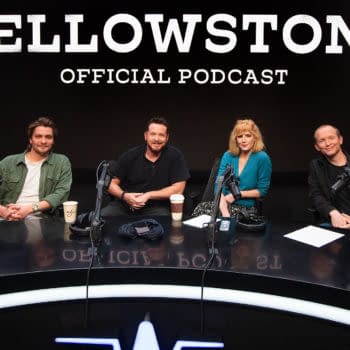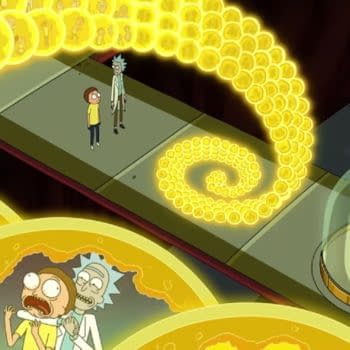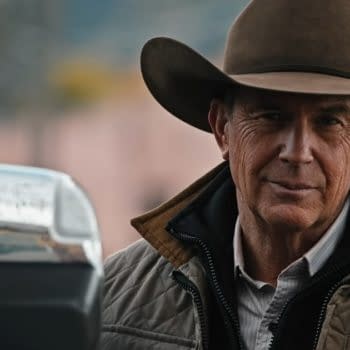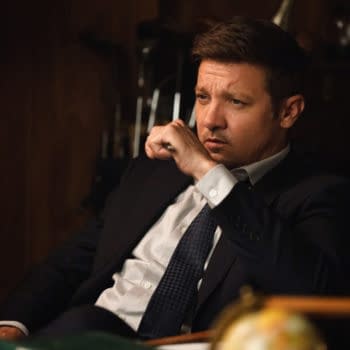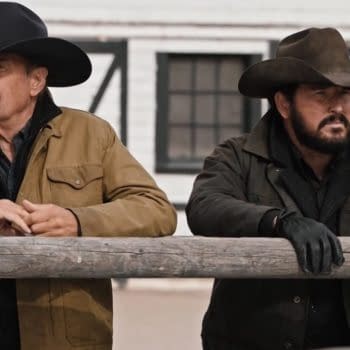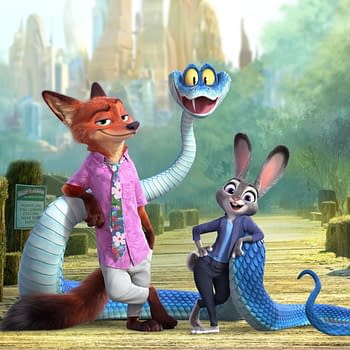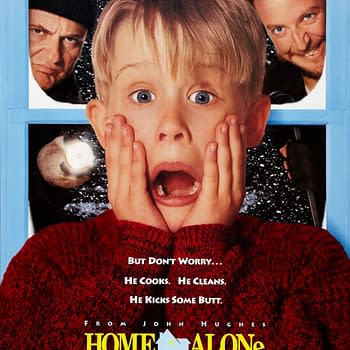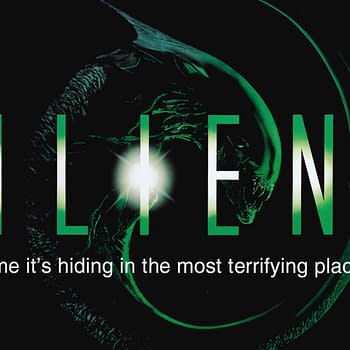Posted in: MGM, Movies | Tagged: dr. no, james bond, sean connery, Ursula Andress
007 Bond Binge: Dr. No
"Bond. James Bond." When Sean Connery uttered that classic line as his first piece of dialogue in 1961's Dr. No, he changed the course of cinema history forever. The Bond franchise, now in its seventh decade, has produced 25 official films, several unofficial and spoof films, and remains one of the top film franchises of all time.
To celebrate the release of No Time to Die on April 10, 2020, I'll be watching and reviewing all of the Bond films and reviewing them here. At the pace of two or three a week, you should be able to join me without too much trouble.
So, let's start at the beginning with Dr. No. More than any other film, except perhaps Goldfinger, this set the stage and the formula for what the Bond movies were going to be about. And one of the most impressive parts of it is how brisk and economical the first 20 minutes of this film are.
Unlike a lot of other films of the era, the opening act doesn't seem slow, even by modern standards, and we get told all of the important information we need to know to understand what's happening.
We're introduced to Bond, sitting at a baccarat table in a black-tie gambling club, smoking a cigarette and taking a high society woman, Sylvia Trench, for all she has. But this all seems prelude to Bond's actual agenda of seducing her, so when she shows up in his apartment naked, wearing only one of his dress shirts, Bond puts off his important mission to Jamaica to finish the seduction. Boom– that's James Bond. Pleasure first, and then we'll get around to "Queen and Country"… on the next flight to Kingston.
Once in Jamaica, Bond investigates the disappearance of a British agent and the case he was investigating. Ore samples taken from Crab Key are coming back radioactive, and people keep disappearing in the area as local legends warn of a dragon who prowls the island. The onyl real intelligence they have on the area is of a secluded Chinese scientist who owns a bauxite mine in the area and patrols the island with private security, until MI-6's files on Dr. No also go missing.
When Bond goes to investigate he doesn't find a dragon, but instead the vivacious Honey Ryder (Ursula Andress) whose father seems to have been kidnapped and murdered by Dr. No. It is not an understatement to say that when she exits the water, it changed film forever. It's a scene so iconic, they've tried to ape it twice just in the Bond franchise (once with Halle Berry, once with Daniel Craig), and elsewhere including Austin Powers. It's a moment so iconic, a BBC poll named it the #1 sexiest film moment of all time.
I don't know if I'd go that far, (have you seen Out of Sight?) or even maybe the best of the entire franchise (Casino Royale gets my vote), but what is undeniable is the effect this had on an entire generation of films. For millions of Baby Boomers going to the movies, or later Gen X and Millenials watching them on tv, this was pure liquid sex, and that became the Bond brand.
And unlike a lot of later "Bond Girls," Honey was intelligent, saved Bond as often as he saved her, and despite being in a bikini for much of her screentime, is filmed nowhere near as exploitatively as some later Bond films (and certainly less than compared to some modern films, like, say Suicide Squad).
Unfortunately, this is also where the film slows down a lot. As Bond and Honey are captured by Dr. No, we're treated to a lot of business about his master plan and several speeches that are just giant exposition dumps. While possibly acceptable in 1962, it's hackneyed and cliche for today– possibly because it invented the trope we are all so tired of now. But Dr. No's master plan is also as complex as it is forgettable. Compared to future Bond villains, he's just not that interesting.
The film also suffers from some places where it has not aged as well, most notably its use of Orientalism and yellowface. While Dr. Julius No and Miss Taro are supposed to be Chinese, they are played by white actors and their ethnicity is played for dramatic menace, leaning into several common "yellow peril" stereotypes of Asians as being untrustworthy and duplicitous. This was, unfortunately, incredibly common for the time, as one of the other actors who was up for the role of Dr. No, Christopher Lee, went on to make five "Fu Manchu" movies in the same decade with exactly the same stereotypes and whitewashing.
Despite those problems, Dr. No remains a quintessential, iconic film in the Bond canon. As the first film it sets the tone and form of what the franchise would be at its best. Its iconography is unmatched by most other films, but its problematic racial politics make it a harder film to enjoy today. I give it 3 1/2 vodka martinis, shaken, not stirred.



